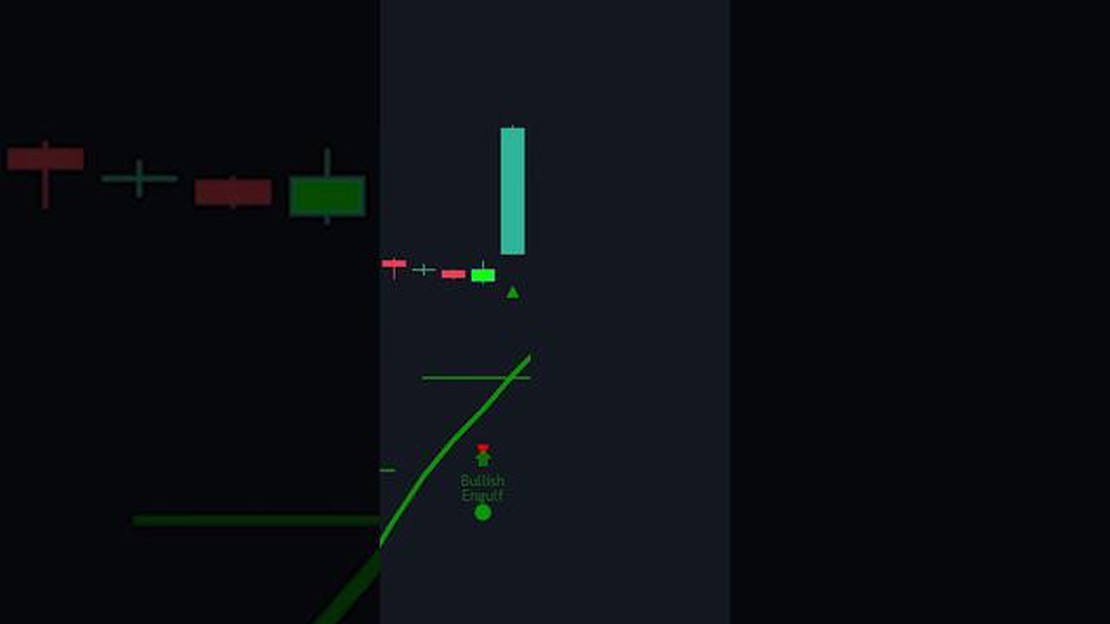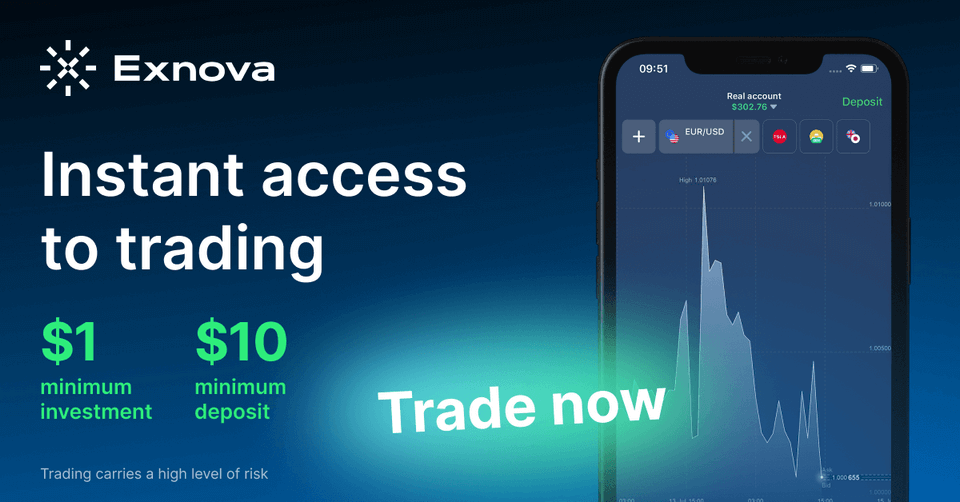Where do I report forex? | Complete guide to reporting forex earnings and losses
How to Report Forex Transactions? As a forex trader, understanding how to report your earnings and losses is crucial for staying compliant with tax …
Read Article
When it comes to investing in gold, having the right indicator is crucial. Gold is a highly volatile commodity that can fluctuate in price dramatically, making it essential for investors to have reliable tools to guide their decision-making process. There are numerous indicators available that can help predict gold price movements, but finding the best one requires a comprehensive analysis.
One of the most widely used indicators for gold is the Moving Average Convergence Divergence (MACD). This indicator calculates the difference between two moving averages of gold prices, showing potential buy or sell signals. By analyzing the MACD line and signal line crossovers, investors can identify trend reversals and make informed decisions.
Another popular indicator is the Relative Strength Index (RSI). This indicator measures the strength and speed of gold price movements and helps identify overbought or oversold conditions. Investors can use the RSI to determine if gold is overvalued or undervalued, and take appropriate actions based on these indications.
Additionally, the Bollinger Bands indicator is commonly used in gold trading. These bands plot two standard deviations above and below a moving average, reflecting the volatility of gold prices. When the price of gold reaches the upper band, it may indicate an overbought condition, while reaching the lower band may suggest an oversold condition.
Ultimately, choosing the best indicator for gold requires a comprehensive analysis of various factors, including the investor’s trading strategy, risk tolerance, and time horizon. It is essential to combine multiple indicators and use them in conjunction with other forms of analysis to enhance decision-making accuracy and maximize profits in the gold market.
When it comes to trading gold, selecting the right indicator is crucial for making informed decisions and maximizing profits. There are several factors to consider when choosing an indicator that suits your trading strategy and style.
 5. Customization Options: It is important to choose an indicator that allows customization to fit your trading preferences. Look for indicators that provide options to modify parameters, such as period length or smoothing algorithm. This will allow you to fine-tune the indicator to better suit your trading style.
6. Compatibility with Your Trading Platform: Ensure that the indicator you choose is compatible with your chosen trading platform. Some indicators may only work on specific platforms or require additional plugins or software. Check the compatibility before making your selection.
7. Consider Multiple Indicators: Combining multiple indicators can provide a more comprehensive analysis of gold price movements. Consider using complementary indicators that offer different perspectives and confirm each other’s signals. This can help reduce false signals and improve decision-making accuracy.
5. Customization Options: It is important to choose an indicator that allows customization to fit your trading preferences. Look for indicators that provide options to modify parameters, such as period length or smoothing algorithm. This will allow you to fine-tune the indicator to better suit your trading style.
6. Compatibility with Your Trading Platform: Ensure that the indicator you choose is compatible with your chosen trading platform. Some indicators may only work on specific platforms or require additional plugins or software. Check the compatibility before making your selection.
7. Consider Multiple Indicators: Combining multiple indicators can provide a more comprehensive analysis of gold price movements. Consider using complementary indicators that offer different perspectives and confirm each other’s signals. This can help reduce false signals and improve decision-making accuracy.
Remember, there is no one-size-fits-all indicator for trading gold. It is important to experiment, backtest, and evaluate different indicators to find the one that best suits your trading strategy and goals.
When choosing the best indicator for gold, it is important to consider its historical performance and accuracy. A good indicator should have a track record of accurately predicting the price movements of gold in the past.
Read Also: Find out the promo code for Icici Bank money transfer to World and save today!
One way to assess the historical performance of an indicator is to backtest it using historical price data. This involves running the indicator on past price data and analyzing the accuracy of its predictions. If the indicator consistently provided accurate signals in the past, it is more likely to do so in the future.
Another factor to consider is the accuracy of the indicator’s signals in relation to gold price movements. An accurate indicator should provide timely signals that coincide with significant price movements in gold. It should be able to identify major trends, reversals, and other important price patterns with a high degree of accuracy.
Read Also: Understanding How NFP Works: A Comprehensive Guide
Additionally, it is important to consider the time frame and granularity of the indicator’s signals. Some indicators might be more suitable for short-term trading, while others are better suited for long-term investing. The ideal indicator should provide reliable signals on the time frame that aligns with your investment strategy.
In conclusion, historical performance and accuracy are crucial factors to consider when choosing the best indicator for gold. By analyzing a indicator’s track record and assessing its accuracy in predicting gold price movements, you can make a more informed decision about the indicator’s suitability for your trading or investment strategy.
The relevance of an indicator to market conditions is crucial in determining its effectiveness in analyzing and predicting trends in the gold market. A good indicator should be able to adapt and respond to changing market conditions, providing accurate and timely signals to traders and investors.
Market conditions can vary greatly depending on factors such as economic indicators, geopolitical events, and investor sentiment. An indicator that may work well in one market condition may not be as effective in another. Therefore, it is essential to consider how well an indicator aligns with the current state of the market.
Some indicators, such as moving averages and trendlines, are considered more reliable in trending markets, where prices move in a consistent direction. These indicators can help identify the direction of the trend and potential entry or exit points. However, in volatile or range-bound markets, where prices fluctuate within a specific range, these indicators may provide false or conflicting signals.
On the other hand, oscillators, such as the Relative Strength Index (RSI) and Stochastic Oscillator, can be useful in identifying overbought or oversold conditions, regardless of market conditions. They can help traders spot potential reversals or market exhaustion, providing valuable insight into when to buy or sell gold.
It is essential to understand the strengths and weaknesses of different indicators and how they are affected by market conditions. Traders and investors should consider a combination of indicators that complement each other and provide a comprehensive analysis of the gold market.
Moreover, it is vital to stay updated with current market conditions and adapt strategies accordingly. Market conditions can change rapidly, and what worked in the past may not be applicable in the present. Regular analysis and evaluation of indicators and their relevance to the market conditions are critical to making informed trading decisions.
In conclusion, the relevance of an indicator to market conditions is vital when choosing the best indicator for analyzing and predicting trends in the gold market. Traders and investors should consider the adaptability of indicators to changing market conditions and use a combination of indicators that complement each other to gain a comprehensive understanding of the market.
Choosing the best indicator for gold requires a comprehensive analysis of various technical indicators that can help identify trends and patterns in gold prices. Some popular indicators for gold include the moving average, relative strength index (RSI), and the stochastic oscillator. Traders should consider factors such as the timeframe they are trading, the accuracy and reliability of the indicator, and their own trading strategy before deciding on the best indicator for gold.
The moving average indicator is a widely used technical indicator that helps smooth out price fluctuations and identify trends. It calculates the average price over a specific period of time and plots it on a chart. Traders can use moving averages to identify the direction of the trend in gold prices. For example, if the price is above the moving average, it can indicate an uptrend, while if it is below the moving average, it can indicate a downtrend.
The relative strength index (RSI) is a momentum oscillator that measures the speed and change of price movements. It can be used to identify overbought and oversold conditions in gold prices, which can potentially indicate an upcoming reversal. When the RSI is above 70, it suggests that gold may be overbought and due for a downward correction. On the other hand, when the RSI is below 30, it suggests that gold may be oversold and due for an upward correction. However, it’s important to note that no indicator can guarantee accurate predictions, and traders should use the RSI in conjunction with other indicators and analysis tools.
The stochastic oscillator is a momentum indicator that compares a security’s closing price to its price range over a specific period of time. It oscillates between 0 and 100 and generates signals based on overbought and oversold conditions. Traders can use the stochastic oscillator to identify potential reversals in gold prices. When the oscillator is above 80, it suggests that gold may be overbought and due for a downward correction. Conversely, when the oscillator is below 20, it suggests that gold may be oversold and due for an upward correction. As with any indicator, it’s recommended to use the stochastic oscillator in conjunction with other tools to confirm signals and minimize false signals.
How to Report Forex Transactions? As a forex trader, understanding how to report your earnings and losses is crucial for staying compliant with tax …
Read ArticleWhat is the Value of 500000 Units in Forex? When it comes to trading in the foreign exchange market, understanding the value of different units is …
Read ArticleUnderstanding R2: A Beginner’s Guide to R2 Regression The coefficient of determination, also known as R2, is a statistical measure used to assess the …
Read ArticleCompanies that use endur Endur is a powerful software solution that is used by a wide range of companies across various industries. This innovative …
Read ArticleUnderstanding the Bollinger Bands Indicator Signal The Bollinger Bands indicator is a popular technical analysis tool that helps traders identify …
Read ArticleConversion of 1 Million IDR to Euros Have you ever wondered how much 1 million Indonesian Rupiah (IDR) is worth in euros? The exchange rate between …
Read Article